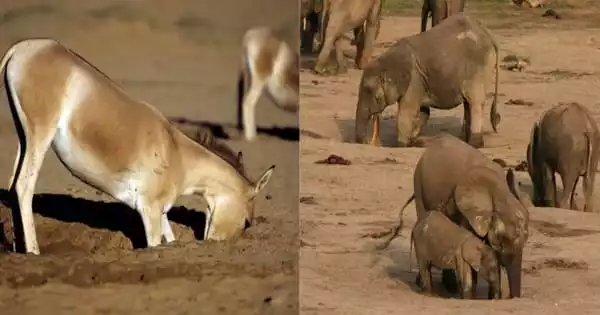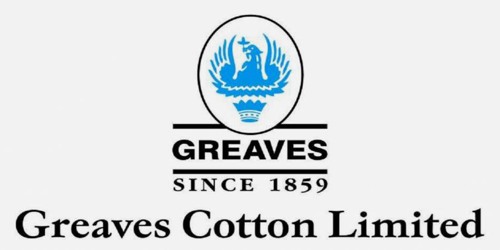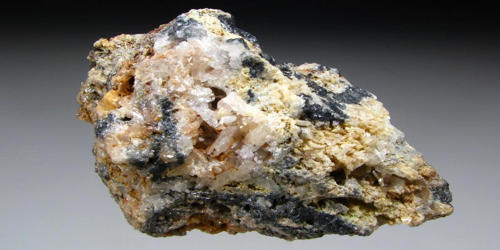The notion that ocean currents contributed to rising global levels of carbon dioxide in the atmosphere during the past 11,000 years has been refuted by groundbreaking research of deep-sea corals.
In order to shed fascinating new light on the history of ocean chemistry, the study led by Nanjing University in China and the University of Bristol in the UK examined ancient deep-sea corals.
Science is divided on the question of what caused the pre-industrial rise in carbon dioxide (CO2) levels over the Holocene period, which spans around 11,700 years to the present.
Uncertainty surrounds one idea that implies the release of marine carbon into the atmosphere may have been sparked by an increase in the physical upwelling of carbon-rich deep waters to the surface of the Southern Ocean, or changes in high-latitude ocean circulation.
Lead author Tianyu Chen, Professor of Marine Geochemistry at Nanjing University and the University of Bristol, said: “Our research challenges assumptions about the role of ocean circulation in the carbon cycle during the Holocene. By providing radiocarbon evidence for the stability of these processes, we pave the way for a deeper understanding of the complex interactions between the ocean and the Earth’s climate system.”
The Holocene, the most recent interglacial period on Earth, has long piqued the interest of researchers looking at the planet’s recent climate history. It came after the retreat of significant ice sheets in the Northern Hemisphere.
These findings contribute to the growing body of knowledge in this field and underscore the importance of further exploring the mechanism that decouples the biogeochemical cycle and physical ocean circulation during the Holocene.
Professor Laura Robinson
A key aspect of this period is the rise in atmospheric CO2 levels. Initially, in the early Holocene, CO2 levels were approximately 260 parts per million by volume (ppmv). However, over the course of around 5,000 years they increased by 20 ppmv, equivalent to around 150 gigatons of CO2.
Corals are amazing creatures that have inhabited seamounts for most of the Holocene. The worldwide team of researchers carefully dated deep marine coral data from this time period from the Reykjanes Ridge, south of Iceland, and the Drake Passage, between South America and Antarctica. These corals live at water depths stretching 1,900 metres within Antarctic circumpolar waters and North Atlantic Deep Water.
Surprisingly, the radiocarbon data suggested ventilation in the Antarctic circumpolar waters and North Atlantic Deep Water remained relatively stable.
The research, which was published today in Nature Geoscience, suggests that long-term polar ocean mixing between surface and deep water did not experience severe perturbations on a millennium timeframe.
Therefore, it implies that the North Atlantic and Southern Ocean circulation did not solely cause the rise in atmospheric CO2 levels during the Holocene. Instead, the researchers assert that this growth may have been affected by biogeochemical cycles that move nutrients and carbon in the water and on land.
Co-author Dr. Joseph Stewart, Research Fellow in Geochemistry at the University of Bristol, said: “Thanks to the decay of radioactive isotopes within their skeletons, deep-sea corals effectively contain two ‘clocks.’ Trace amounts of uranium-238 within the corals gradually decays to thorium-230 allowing us to accurately assess their age by measuring this isotope ratio.”
“The second clock, radiocarbon (carbon-14) also slowly decays away, however it predominantly enters the oceans via the atmosphere. The radiocarbon content of corals therefore tells us how long radiocarbon-depleted deep waters have been out of contact with radiocarbon-rich surface waters. By using both ‘clocks’ together we were able to assess the rates of ocean ventilation during this key interval.”
Understanding the connection between ocean circulation, carbon cycling, and climate dynamics over the Holocene is advanced by this study in a significant way. To properly grasp the carbon budget of the Holocene atmosphere, a complete understanding of future natural and human-induced fluctuations in the carbon cycle will be necessary.
Co-author Laura Robinson, Professor of Geochemistry at the University of Bristol, added: “These findings contribute to the growing body of knowledge in this field and underscore the importance of further exploring the mechanism that decouples the biogeochemical cycle and physical ocean circulation during the Holocene.”
















